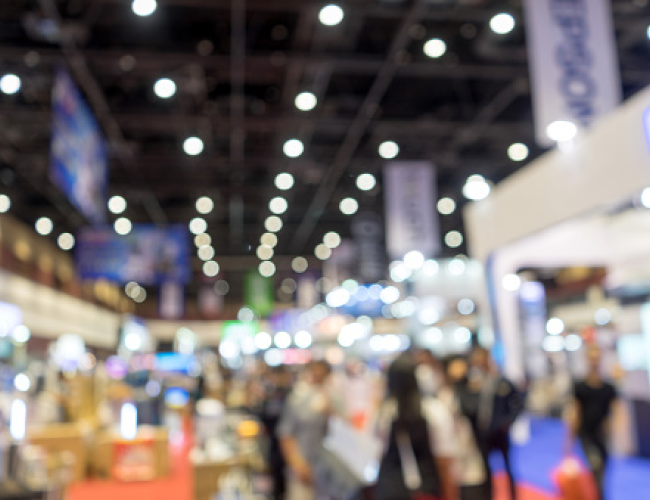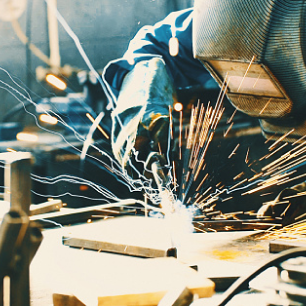Welding Digest
Jump to:
Additive Manufacturing Maintains a Prominent Presence in the Fabrication Field
Three additive manufacturing professionals recently united to share their thoughts on the significance of additive manufacturing and outline the importance of AWS specifications regarding this process.
William Mohr serves as chair of the AWS D20 Committee on Additive Manufacturing and is a principal engineer in structural integrity at EWI, Columbus, Ohio; Edward Peterson of a member of the AWS D20B Subcommittee on Additive Manufacturing Using Wire and a welding engineer as well as manager of quality control and R&D at Laser Welding Solutions, Houston, Tex.; and Teresa Melfi is a member of both of these committees as well as a technical fellow with The Lincoln Electric Co., Cleveland, Ohio. In this article, you’ll learn more about the committees they’re a part of and become more familiar with these documents:
- AWS D20.1/D20.1M:2019, Specification for Fabrication of Metal Components using Additive Manufacturing
- The upcoming AWS D20.2, Specification for Additive Manufacturing of Metal Components Using Wire Directed Energy Deposition.
1. How is additive manufacturing important today?
Additive manufacturing is a growing area that uses new control methods for welding technologies to create items without excessive tooling, fixturing, machining, and forming, Mohr explained. Building layer by layer allows shapes that would otherwise be difficult to achieve to be fabricated as a single item. The process can be tuned for a wide range of metal materials and sizes. The biggest advantages appear when several complicated shapes that are not available as standard items in trade need to come together.
“Many industries are starting to augment or replace one-off and very-low-volume castings with wire-directed energy deposition processes, the focus of the new D20.2 specification, that can produce higher-quality parts at a lower cost and faster lead time,” Peterson said. Long lead forgings are another area where additive manufacturing can be used to meet customer deadlines, with many alloys able to achieve wrought properties in the as-printed condition.
“It is often used to add features to simpler forgings, castings, pipe, or readily available metal parts,” Melfi added.
2. What’s key about AWS D20.1, and how are its various parts adhered to and applied?
AWS D20.1 — focusing on design requirements for additively manufactured components and additive manufacturing machine and procedure qualification, machine operator
performance qualification, fabrication, and inspection — is designed as a systematic approach to the item fabrication method, Mohr emphasized. This differs from many other documents in the field that provide guidance on a particular action or deal with additive manufacturing of a specific feedstock. It covers what needs to be known and recorded at each step, from design through inspection, including how the process and operators are qualified and how extensive that qualification is. Because D20.1 allows many machines, materials, and processes for additive manufacturing, many inputs need to be provided by appropriate engineering personnel to create successful product items.
As the additive manufacturing industry matures, Melfi stated, D20.1 is updated to reflect current technology.
3. When will AWS D20.2 be released?
The next edition of D20.1 and the new document D20.2 will be released together when the contents have been fully reviewed and accepted by several layers of reviewers. “We plan to have that process complete in 2025,” Mohr indicated.
In addition, members of the community have shown strong interest in joining the D20 committee, which looks after both documents, as well as the individual subcommittees, including the D20A Subcommittee on Additive Manufacturing Using Powder and D20B Subcommittee on Additive Manufacturing Using Wire. The Standards Action article in the September 2022 Welding Journal brought attention to all three groups. In addition to seeking more volunteers, the article mentioned that the D20 committee formed two subcommittees: D20A for revisions to the D20.1 specification and D20B for the D20.2 specification.
“We are looking for active members who can help get these documents through to publication and immediately think about how they can be made even more useful in future editions,” Mohr concluded.
In particular, the D20 main committee is seeking educators, users, and general interest members, but if you’re interested in joining any of the additive manufacturing committees, please contact Program Manager Exsenet Esler at eesler@aws.org.
This article was written by Kristin Campbell (managing editor of the Welding Journal) for the American Welding Society.


